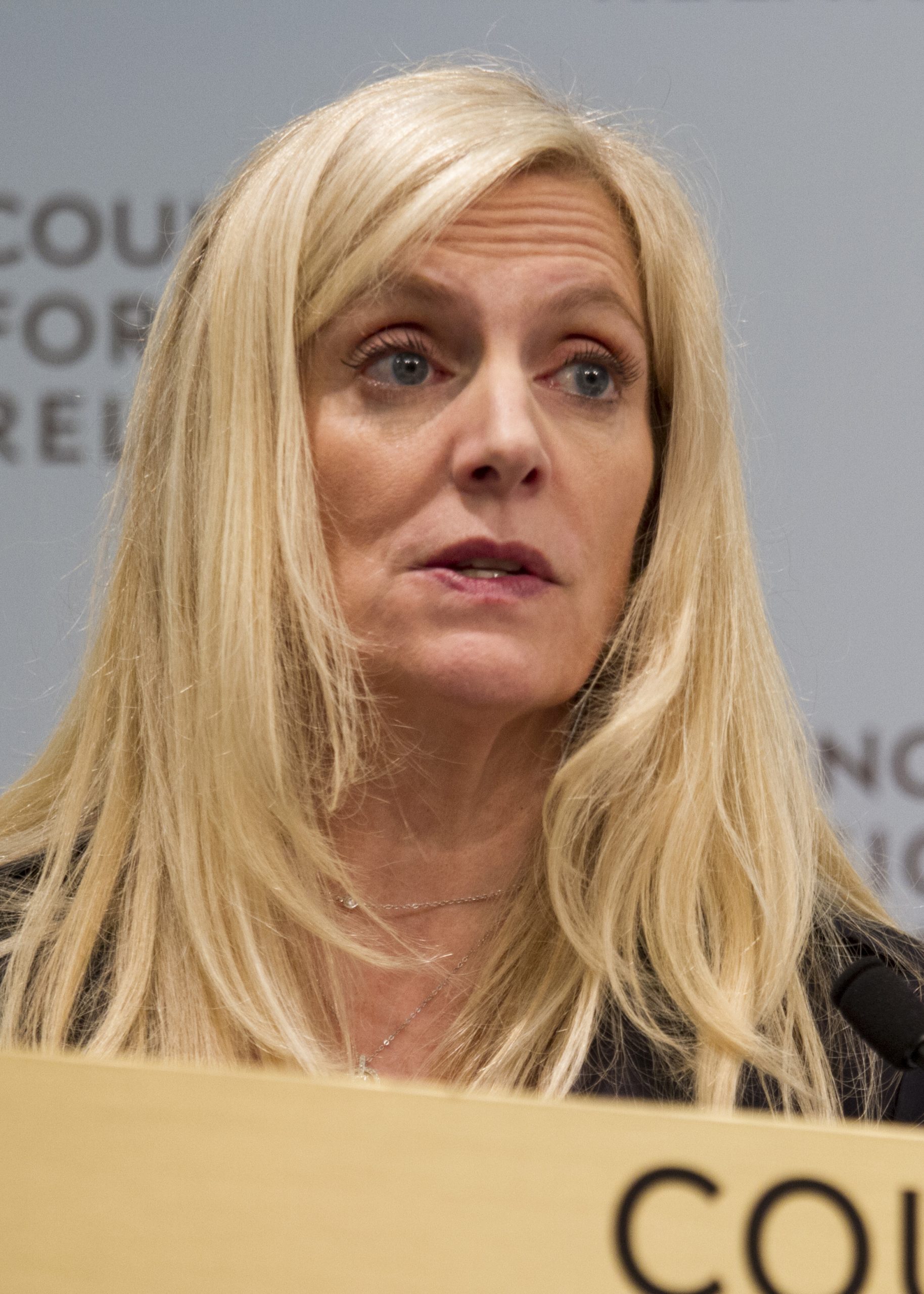Federal Reserve Gov. Lael Brainard said Thursday that the U.S. is in a “new normal” that requires the central bank to pursue higher inflation to ensure healthy growth, but also extra regulatory vigilance to prevent a financial crisis.

The new normal, Brainard explained, is that very low unemployment hasn’t translated into higher inflation, as would have been expected, even as the Fed’s interest rate target is low by historical standards.
Brainard acknowledged the positive aspects of the new normal, such as the fact that low unemployment has generated jobs for disabled workers and others who might otherwise struggle to find positions, but warned that prevailing low interest rates could increase risk-taking by lenders and borrowers.
[Related: Five for the Fed: A handful of people Trump may select for a seat]
“In today’s new normal, it is important to achieve inflation and inflation expectations around our 2% target on a sustained basis while guarding against financial imbalances,” Brainard said in remarks prepared for a speech to the National Tax Association in Washington. “We want to be mindful of the risk of financial imbalances that could amplify any shock and help tip the economy into recession, which the Federal Reserve has less conventional space to address in today’s low interest rate environment.”
Core inflation stood at 1.6% in the latest reading of the Fed’s preferred gauge.
To adjust, she argued, the Fed should raise regulatory standards for banks, especially by raising capital requirements.
Specifically, Brainard reiterated a call to raise the Fed’s countercyclical capital buffer, a mechanism to make banks maintain higher levels of capital in case an economic downturn or other financial shock occurs. The Fed governor argued that activating the buffer could also serve as a brake to prevent banks from overextending themselves.
[Also read: Trump: Stock market would be up 5K-10K points if Fed ‘had done its job properly’]
Brainard’s prescription puts her in a minority on the Fed’s board, which has aimed to tailor bank regulations to business activities along with the amount of capital banks are required to hold. But the Fed is wrestling with whether it needs to change its approach to monetary policy.
“The Federal Reserve has been … discussing what this new normal means for our framework for some time,” said Brainard. “[W]e need to be especially careful to preserve as much of our conventional policy space as we can, while exploring mechanisms to augment the effectiveness of our framework.”

